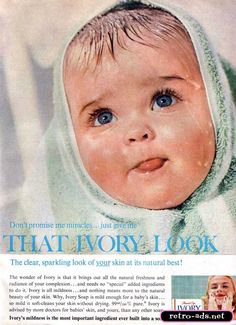I'm taking the soap plunge this weekend and want a fullproof recipe that will make a good, hard bar of soap that can be used to clean hands and also my face. I don't feel I'm ready yet to play with EO or FO, so I left them out. I read that lard can take a long time to trace, so this is why I used a water discount.
This is CP. I don't plan on colouring or adding any additives to the soap. I added the castor for lather and coconut for cleaning/lather.

I have two questions :
1 ) I have pretty sensitive skin on my face and hands and I added the coconut for cleaning ability. Will only 5% make any difference ? Should I just leave it out (I have it on hand). I *may* also want to use this soap on my kids, after testing it out on me first. Would that be cool or should I wait after a few batches ?
2) Soapcalc uses standard grocery store lard right ? It's not some voodoo special lard ? I'm asking because as a guy who loves his pies, I have a ton of tenderflake 100 % lard already at home so I want to use the stuff.
Thank you !
This is CP. I don't plan on colouring or adding any additives to the soap. I added the castor for lather and coconut for cleaning/lather.

I have two questions :
1 ) I have pretty sensitive skin on my face and hands and I added the coconut for cleaning ability. Will only 5% make any difference ? Should I just leave it out (I have it on hand). I *may* also want to use this soap on my kids, after testing it out on me first. Would that be cool or should I wait after a few batches ?
2) Soapcalc uses standard grocery store lard right ? It's not some voodoo special lard ? I'm asking because as a guy who loves his pies, I have a ton of tenderflake 100 % lard already at home so I want to use the stuff.
Thank you !

















































